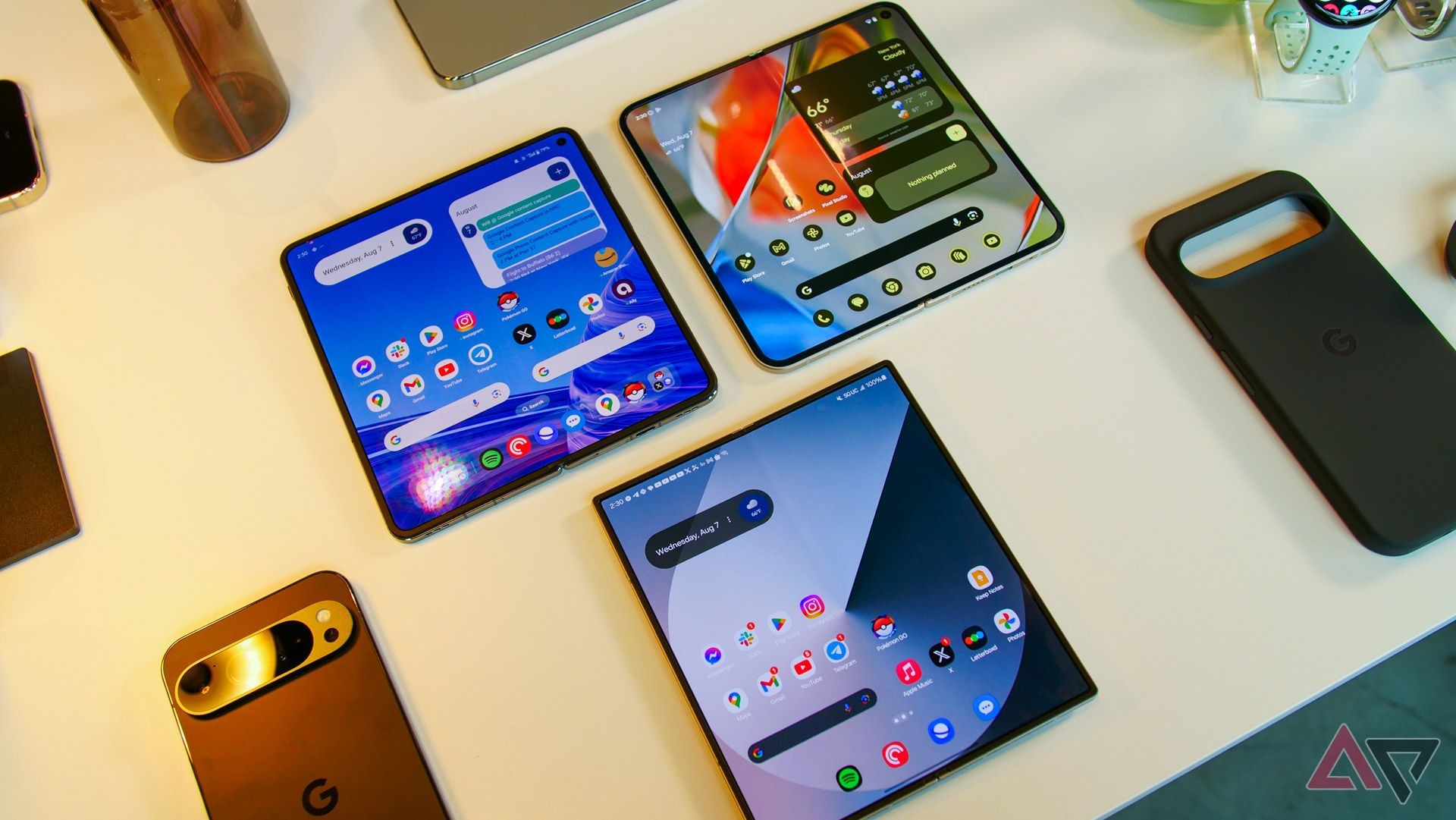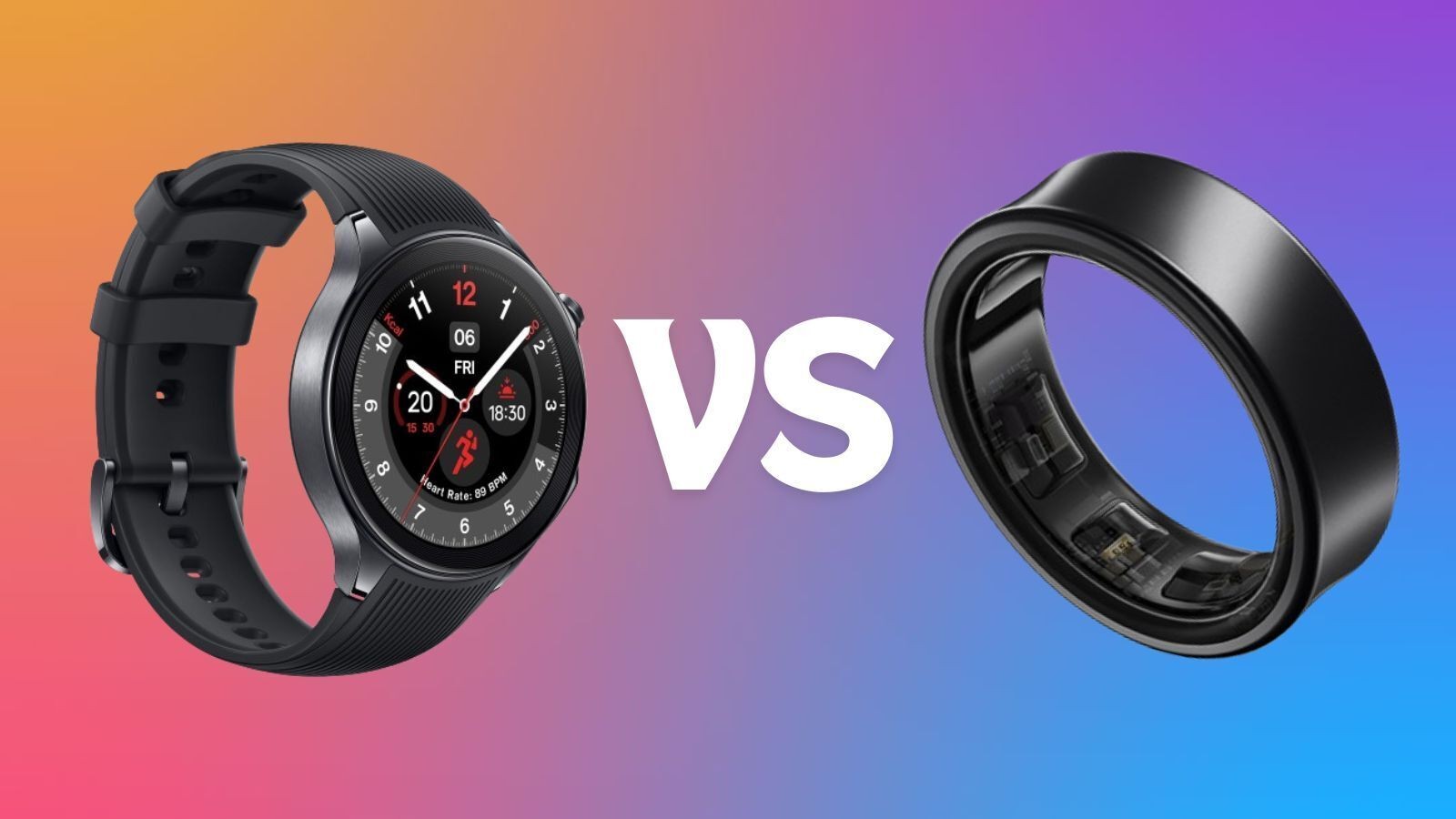Foldable phones, once a concept confined to futuristic sci-fi films, have transitioned into tangible devices available to consumers, showcasing remarkable engineering feats. Their ability to transform from a pocketable smartphone into a larger, tablet-like display offers undeniable allure, promising enhanced multitasking capabilities and a more immersive media experience. Indeed, manufacturers like Samsung, Google, and Honor have invested heavily in bringing these innovative devices to market, pushing the boundaries of what a mobile phone can be. Yet, despite their cutting-edge appeal and significant advancements in recent years, foldable phones still face a substantial journey before they can truly become mainstream and rival the ubiquity of traditional slab smartphones. The path ahead is paved with challenges related to durability, cost, software optimization, and practical usability.
One of the most persistent and significant hurdles for foldable phones remains their durability. Unlike rigid glass slabs, foldable displays are inherently more delicate due to their flexible nature and the constant stress of folding and unfolding. The screen material, often a thin layer of ultra-thin glass (UTG) or specialized plastic, is more susceptible to scratches, dents, and even cracking along the crease line. While manufacturers have made strides in improving hinge mechanisms and display resilience, issues like visible creases, dust ingress into the hinge, and the fragility of the inner screen protector are still common complaints among users. Imagine the daily wear and tear of a smartphone in a bustling city like Bangkok, where devices are frequently pulled out, used, and put away in various environments. A traditional phone can withstand a surprising amount of abuse; a foldable, while improving, still carries a higher risk of damage, leading to costly repairs that often exceed those of conventional smartphones. This durability concern significantly impacts consumer confidence and the perceived long-term value of these premium devices.
Complementing the durability challenge is the often prohibitive cost. Foldable phones typically sit at the very high end of the smartphone market, commanding prices that are often double or even triple that of flagship traditional smartphones. This exorbitant price tag stems from the complex engineering involved in flexible displays, intricate hinge mechanisms, and the lower economies of scale compared to standard phone production. For the vast majority of consumers, the added functionality of a foldable device simply does not justify such a significant financial investment. Until manufacturing processes become more efficient and component costs decrease, making foldable technology accessible to a broader demographic, they will remain a niche product for early adopters and tech enthusiasts willing to pay a premium for innovation.
Beyond the physical hardware, software optimization presents another considerable challenge for foldable phones. Android, the operating system that powers most foldable devices, was not initially designed with multiple screen states and dynamic aspect ratios in mind. While Google and manufacturers like Samsung have made significant efforts to adapt the user interface for folding and unfolding, issues with app continuity, inconsistent app resizing, and non-optimized layouts for the larger inner screen still persist. Some applications may not properly scale, appearing stretched or leaving large black bars, diminishing the immersive experience promised by the larger display. The user experience can feel less seamless and intuitive compared to the highly optimized, singular display of a traditional smartphone. Developers are still catching up to the unique form factors, and until a truly universal and fluid software experience is achieved across all apps, the full potential of foldables will remain untapped.
Furthermore, there are several practical usability considerations that hinder widespread adoption. Many foldable phones, particularly the “book-style” models, are noticeably thicker and heavier than their traditional counterparts when folded, making them less comfortable to carry in a pocket. The aspect ratios of both the outer and inner screens can also be somewhat unconventional; the outer screen is often narrow and tall, making typing cumbersome, while the inner screen, when unfolded, might not be ideally suited for all types of content consumption due to its more square aspect ratio compared to a typical tablet. Battery life also remains a concern. Powering two displays and a complex hinge mechanism often requires compromises on battery size, leading to shorter overall endurance compared to high-end traditional smartphones, which can easily last a full day or more on a single charge.
In essence, while foldable phones represent an exciting leap forward in mobile technology, they are still very much in their evolutionary infancy. The core concept of a transforming device holds immense promise for productivity and entertainment, but the current iteration grapples with inherent fragilities, a luxury price point, an evolving software ecosystem, and practical trade-offs in terms of portability and battery life. As manufacturers continue to refine materials, improve hinge designs, and as software developers increasingly optimize applications for these unique form factors, the technology will undoubtedly mature. However, until these fundamental barriers are overcome, making foldable phones as durable, affordable, and seamlessly integrated into our digital lives as their slab counterparts, they will remain intriguing glimpses into the future, rather than the universally adopted present.




